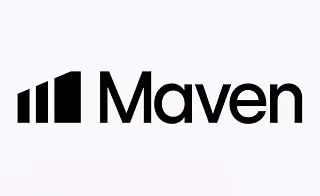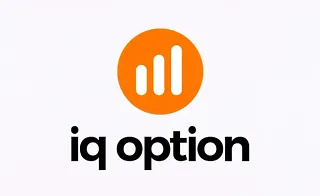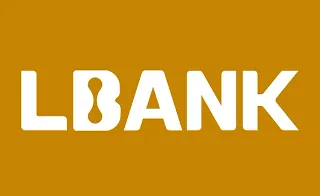Amega verification is a structured 3-step process designed to unlock full access to trading, deposits, and withdrawals. Users must verify their email, complete a questionnaire, and upload identity and address documents.
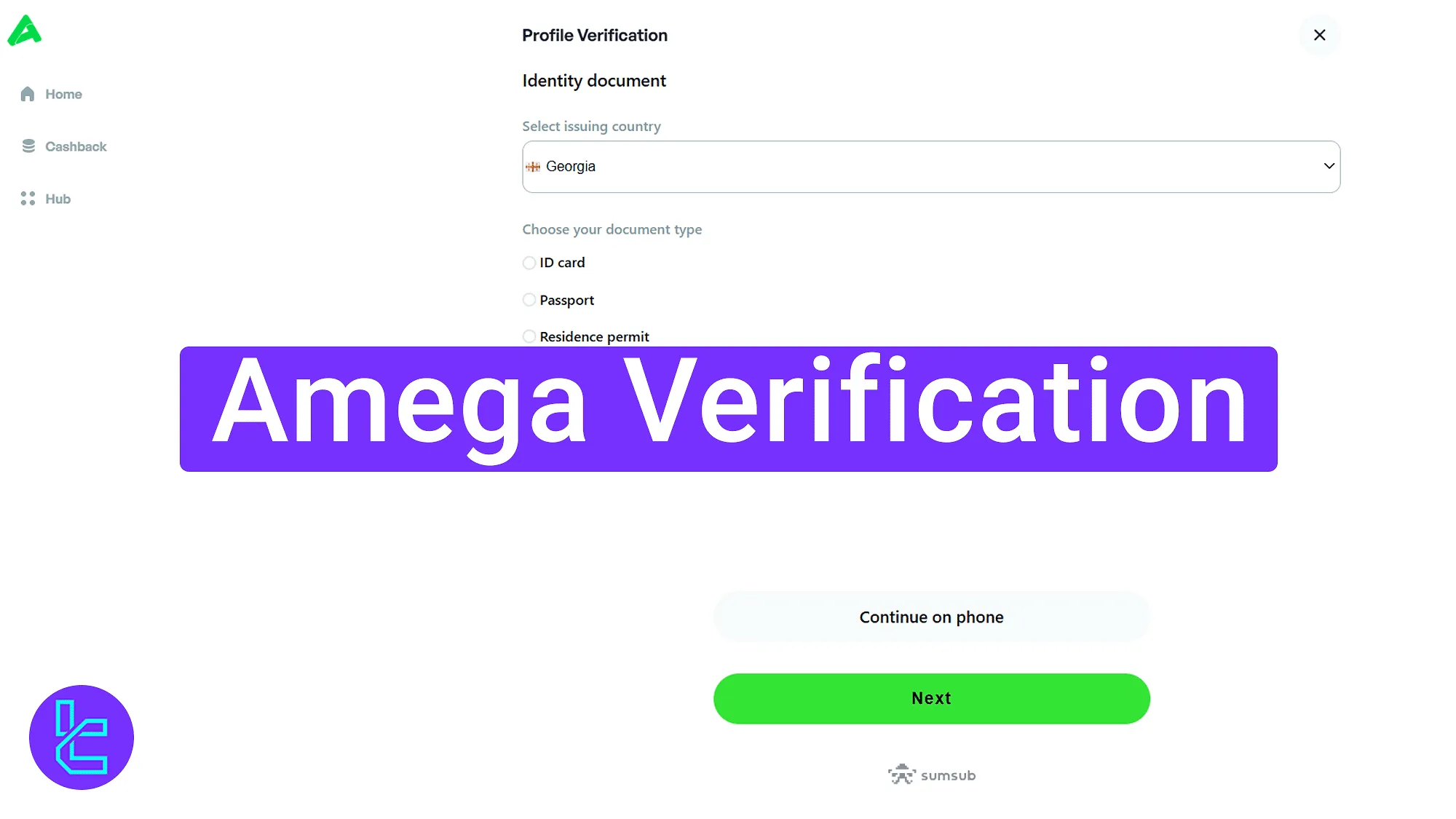
Amega Verification Process Overview
After Amega registration, complete the following steps in the Amega broker to gain full access to deposits, withdrawals, and trading features.
Amega verification:
- Access the "Complete Verification" section and verify email;
- Complete the user questionnaire on financial status and trading experience;
- Upload proof of identity (POI) and proof of address (POA) documents.
#1 Accessing the Verification Section and Email Confirmation
Begin the authentication process by following the steps below:
- Log in to the Amega dashboard;
- Click on the "Complete Verification"
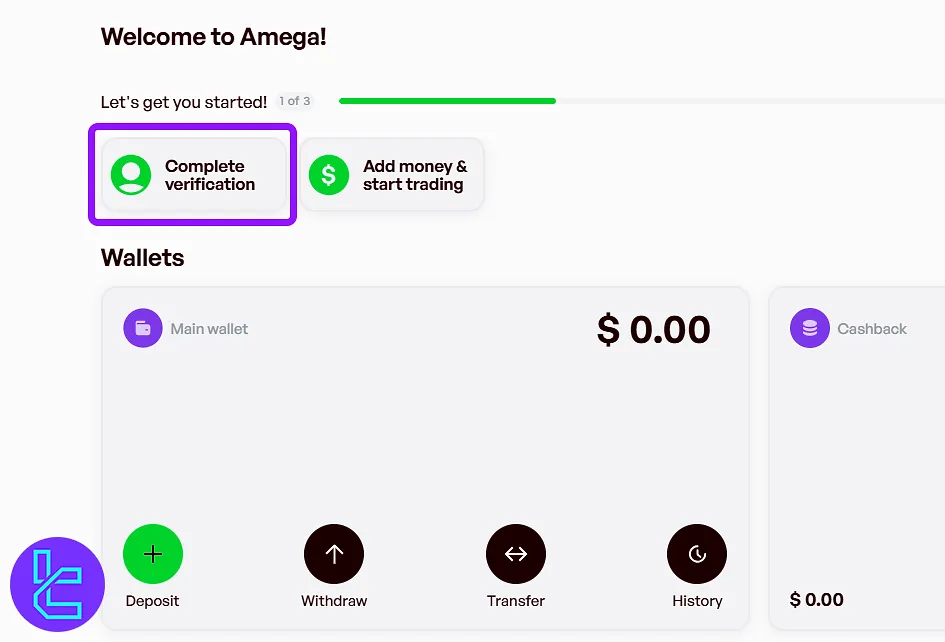
Select "Verify Email" to receive a confirmation link via email. Open the email and click on the link to confirm your email address.
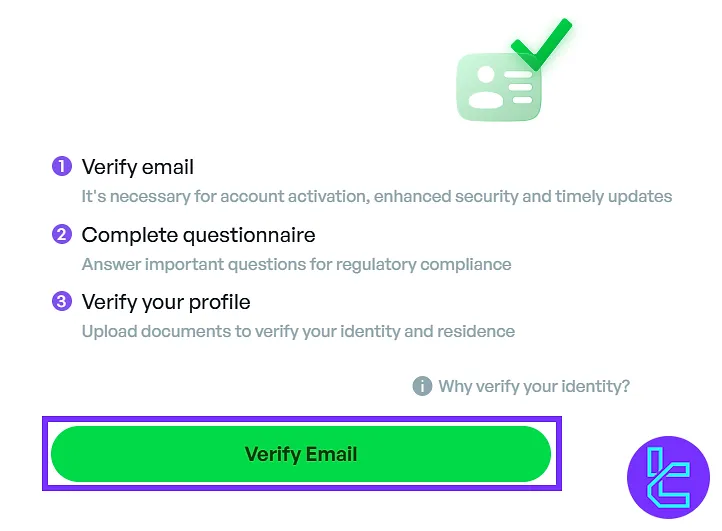
#2 Completing the User Questionnaire
After verifying the email, proceed to the questionnaire section. Answer the required questions about your financial status, trading experience, and investment objectives.
Click on the "Continue" button after completing each section.
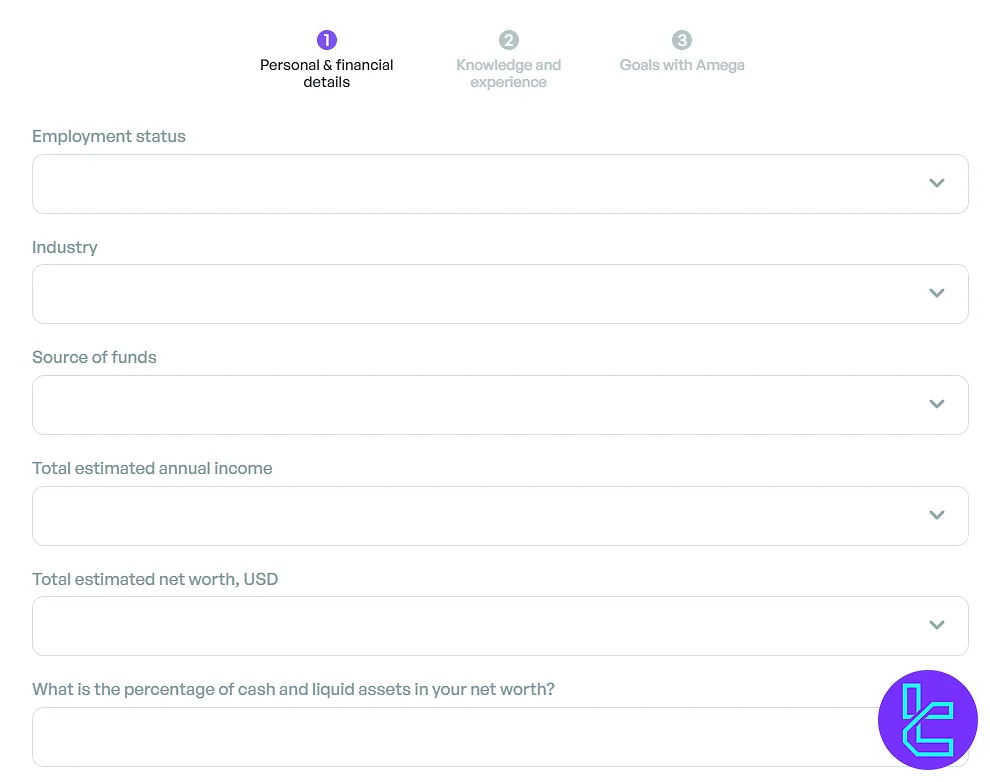
#3 Uploading Identity and Address Documents
Select your country of residence and choose the type of identity document to upload. Accepted identity documents include:
- National ID card
- Passport
- Driver’s license
- Residence permit
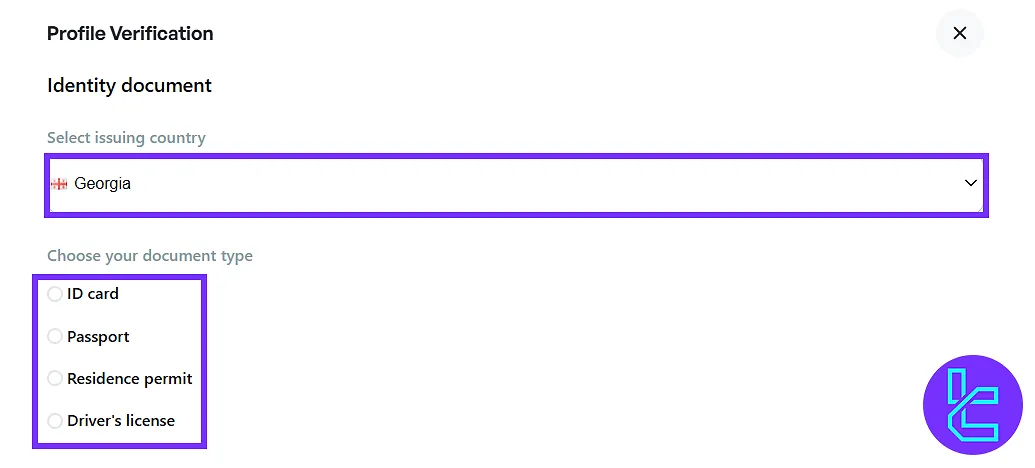
Upload clear images of both the front and back of the selected document.

Next, upload proof of address documents. Accepted documents include:
- Utility bills (not older than 3 months)
- Internet/cable TV/house phone line bills
- Tax returns
- Council tax bills
- Government-issued certifications of residence
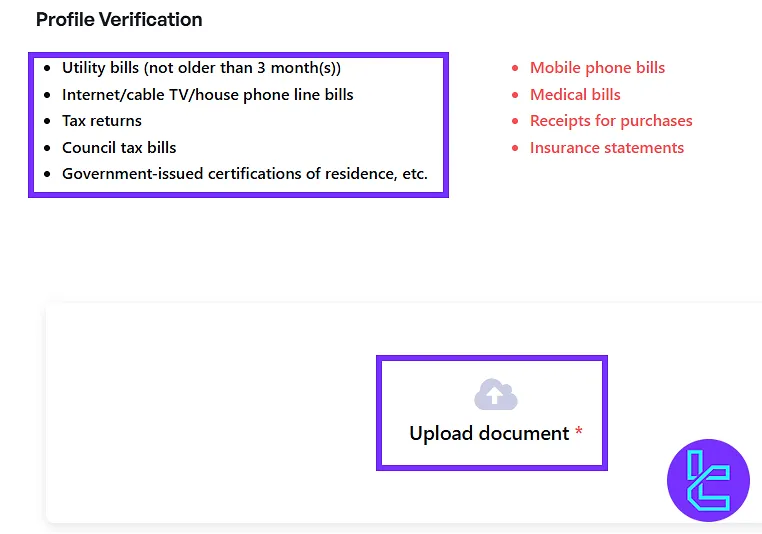
After uploading all documents, proceed to review the uploaded files. Confirm the accuracy and click "Next" to submit them for review. To check the authentication status:
- Return to the main dashboard;
- Look for “Verified” status at the top of the page.
The review process usually takes less than one business hour.
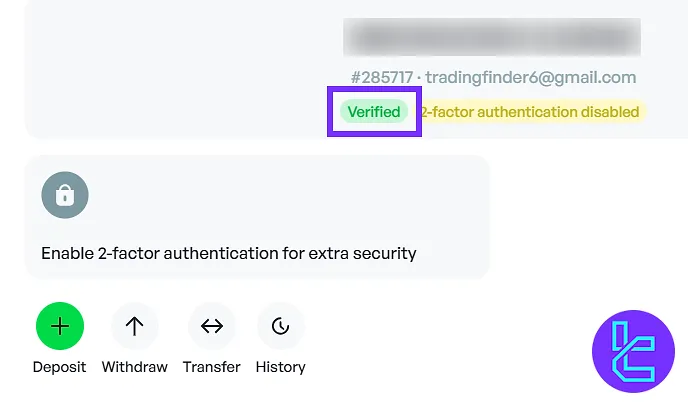
TF Expert Suggestion
Amega verification can be completed in less than 10 minutes and submitted documents are reviewed within 1 business hour. Once the account is approved, users gain access to the Amega deposit and withdrawal option.
For detailed instructions on these methods, refer to the Amega tutorial page.
